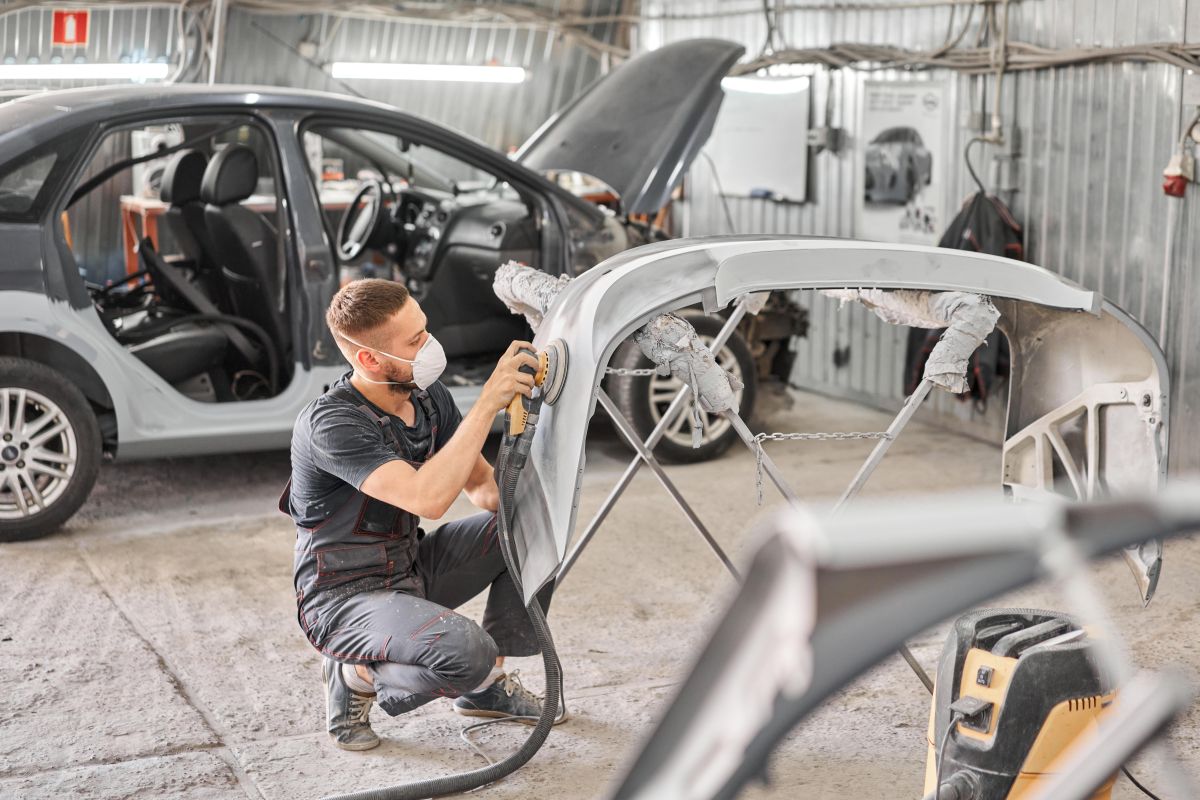California has new regulations in place to protect people who work indoors from heat-related illnesses.
As of July 24, employers in the state must adopt safety measures that go into effect in most cases when indoor temperatures reach 82°F. The Heat Illness Prevention in Indoor Places of Employment regulation, approved the day before it went into effect by the Office of Administrative Law, applies to most indoor workplaces, such as restaurants, warehouses, manufacturing facilities and auto repair shops.
Some of the requirements include providing water, rest, cool-down areas and training. Additional requirements apply when the indoor temperature reaches 87 degrees, such as cooling down the work area, implementing work-rest schedules, and providing personal heat-protective equipment. Where workers wear clothing that restricts heat removal or work in high radiant heat areas, the additional requirements apply at 82 degrees.
Henry Arroyo owns five Fix Auto collision repair facilities, one each in Cathedral City, Indio and Palm Springs, and two in Palm Desert. All are located in California’s Coachella Valley, where temperatures regularly reach triple-digits in the summer. This year, it hit a record 124 degrees.
Arroyo said his shops won’t have to make any adjustments to comply with the new regulations, because “being in the desert for 30-plus years, we already take precautions to make sure employees are cool. We try to make sure we’re ahead of the game.”
When temperatures soar, Arroyo’s nearly 50 employees are provided fans, misters, ice packs and mobile Portacool evaporative coolers, which can lower the temperature in the roughly 10-by-10-foot area where they’re working.
Shops are also equipped with insulated roofs and coolers filled with plenty of water, Gatorade and electrolyte powder. Employees are provided shaded areas and air-conditioned rooms where they can take breaks -- including the shops’ paint rooms, which have to be climate controlled to prevent the paint from drying out.
Employees can also adjust their hours to work early in the morning or late in the evening, avoiding the hottest part of the day.
“We do anything you can think of to make sure they’re cooled down and not working out in the heat,” Arroyo said.
The key is to make sure employees stay hydrated and don’t push themselves too hard to get work done when it’s extremely hot.
“We would rather have them cool down [when they need it]; the job will get done,” Arroyo said. “We want to ensure they don’t have a heat stroke or faint.”
Employers and workers who have questions or need assistance with workplace health and safety programs can call Cal/OSHA’s Consultation Services Branch at 800-963-9424. There are more resources for employers and workers on Cal/OSHA’s Heat Illness Prevention web page and at 99calor.org, as well as a Heat Illness Prevention online tool.
Workers who have questions about heat illness prevention in indoor and outdoor workplaces can speak with a Cal/OSHA representative by calling 1-833-579-0927. They can also call that number to get information on how to file confidential complaints about workplace safety and health hazards.













Abby Andrews